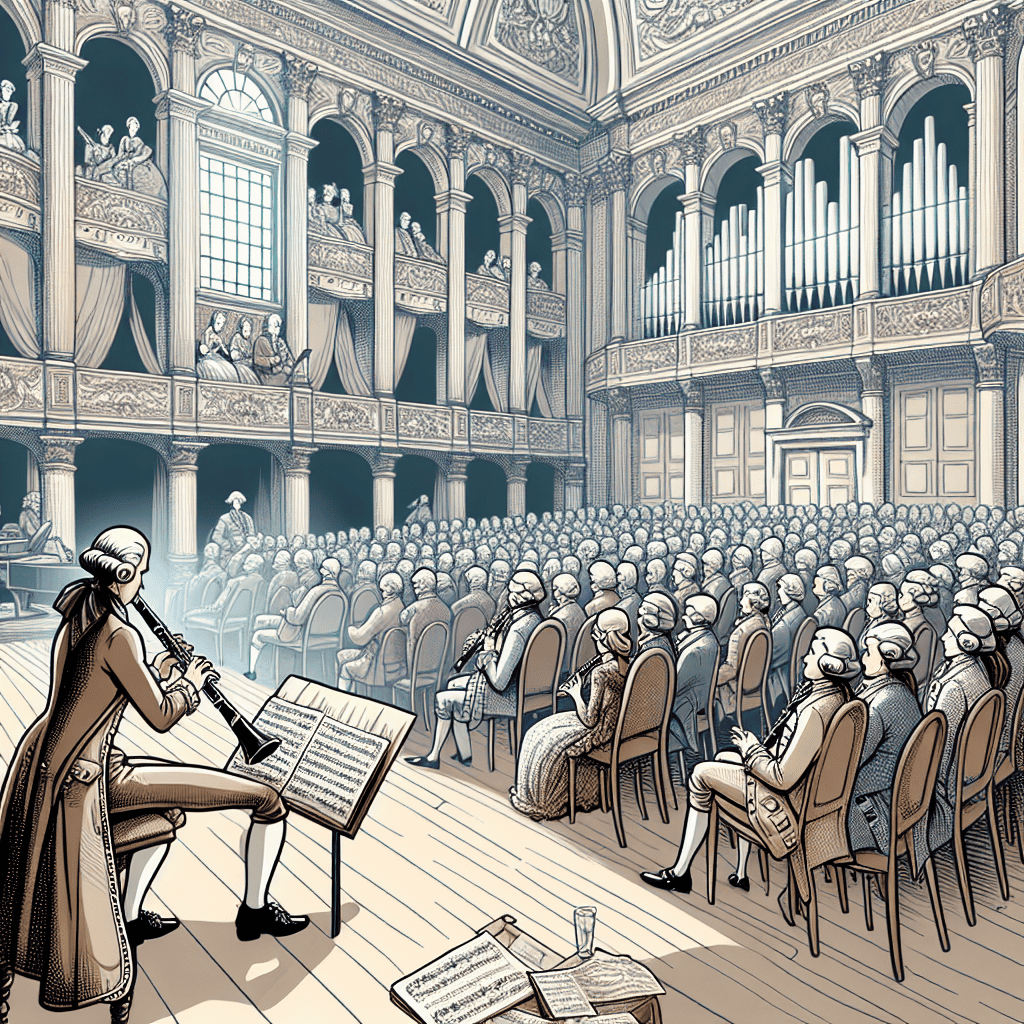When you think about clarinet music, you might not immediately recognize the A# Harmonic Minor Scale. But this scale, often regarded as a hidden gem, has a fascinating history that's intertwined with the evolution of clarinet playing. From classical compositions to contemporary pieces, the A# Harmonic Minor Scale delivers a unique sound that can captivate audiences.

Clarinet Fingering Charts are always FREE at MartinFreres.net!
Understanding the A# Harmonic Minor Scale
Let's break down the A# Harmonic Minor Scale. It consists of the notes: A#, B#, C#, D#, E#, F# and G#. Notice how that G# leads us back to the root, A#. It has a somewhat exotic sound, doesn't it? Musicians use this scale to create tension and resolution, a technique that's important in both classical and jazz music.
| Note | Interval | Function |
|---|---|---|
| A# | Root | Tonic |
| B# | Major 2nd | Supertonic |
| C# | Minor 3rd | Mediant |
| D# | Perfect 4th | Subdominant |
| E# | Perfect 5th | Dominant |
| F# | Minor 6th | Submediant |
| G# | Major 7th | Leading Tone |
Historical Significance of the A# Harmonic Minor Scale
The A# Harmonic Minor Scale rose to prominence in the 18th century as composers looked for new ways to engage their listeners. Consider the works of Johann Sebastian Bach. His influence can be heard in many scales, but the A# Harmonic Minor Scale has a unique complexity and fluidity that he skillfully incorporated into his compositions. Players using Martin Freres clarinets, known for their rich tonal qualities, can fully explore this scale and uncover its many layers.
Modern Applications in Jazz and Beyond
In the 20th century, the A# Harmonic Minor Scale found its way into various genres, especially jazz. Improvisers often use this scale to convey a range of emotions and themes. Picture a dimly lit jazz club in New Orleans, where a clarinet player weaves this scale into a soulful solo. The tension it creates, followed by a beautiful resolution, can stir deep emotions in the audience. It's easy to see why many jazz clarinetists choose Martin Freres instruments for their expressive potential.
Practicing the A# Harmonic Minor Scale
For musicians looking to incorporate the A# Harmonic Minor Scale into their repertoire, practice is key. Start slowly, letting each note ring out through your clarinet. As you play on your Martin Freres clarinet, pay attention to the vibrations as you move from one note to the next. The craftsmanship of these instruments brings out a warmth in your sound that enhances the emotional impact of the scale.
Impressionistic Use of the Scale
Composers like Claude Debussy, known for their impressionistic styles, used the A# Harmonic Minor Scale to create distinctive soundscapes. This scale helped them express subtle emotions, adding depth to their musical compositions. When you play pieces influenced by these composers, don't shy away from highlighting this scale – it can add a sophisticated touch to your performance.
Contemporary Adaptations
Today's composers and arrangers recognize the A# Harmonic Minor Scale as a powerful tool for creating tension and resolution in new music. Whether you're putting your own spin on a jazz standard or diving into modern classical works, this scale offers a world of possibilities.
Conclusion
The A# Harmonic Minor Scale is more than just a set of notes – it's a link between musical past and present. Don't overlook this scale; make it a part of your musical toolkit. Next time you pick up your clarinet, particularly if it's a Martin Freres, take some time to explore the nuances of this scale. You might find yourself creating something truly special, following in the footsteps of countless musicians who have been inspired by its unique sound.
Table of Contents
- Understanding the A# Harmonic Minor Scale
- Historical Significance of the A# Harmonic Minor Scale
- Modern Applications in Jazz and Beyond
- Practicing the A# Harmonic Minor Scale
- Impressionistic Use of the Scale
- Contemporary Adaptations
- Conclusion








